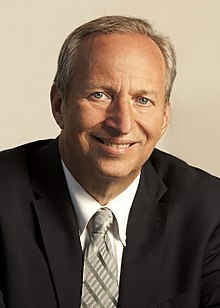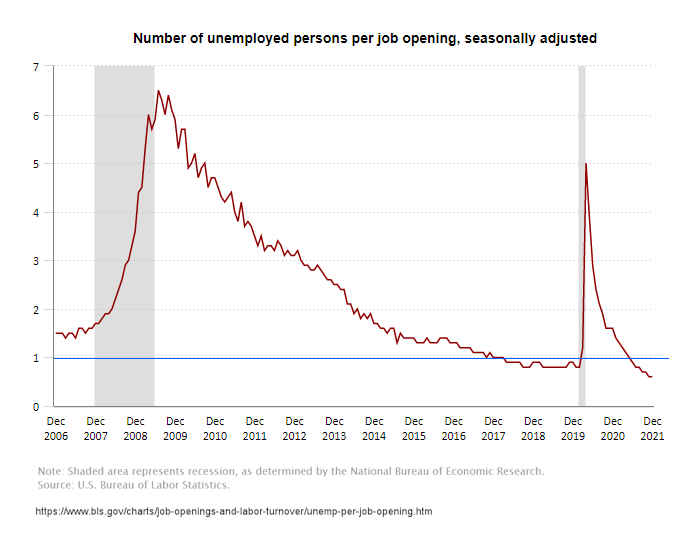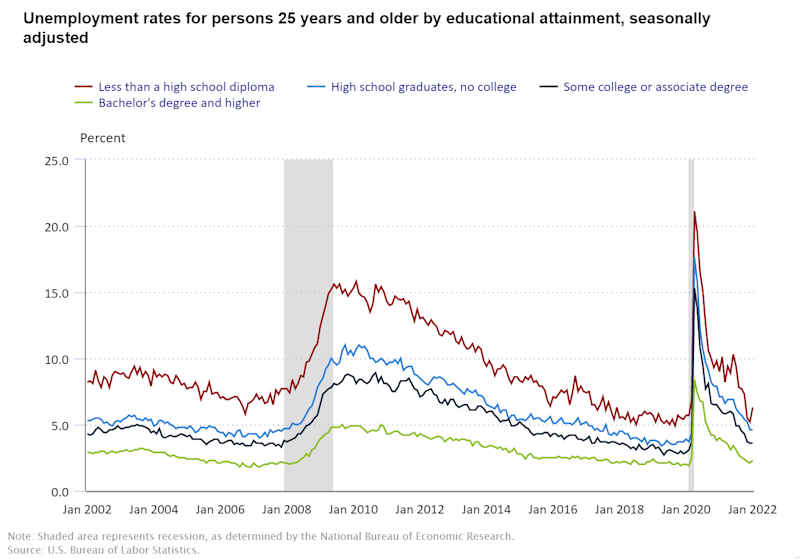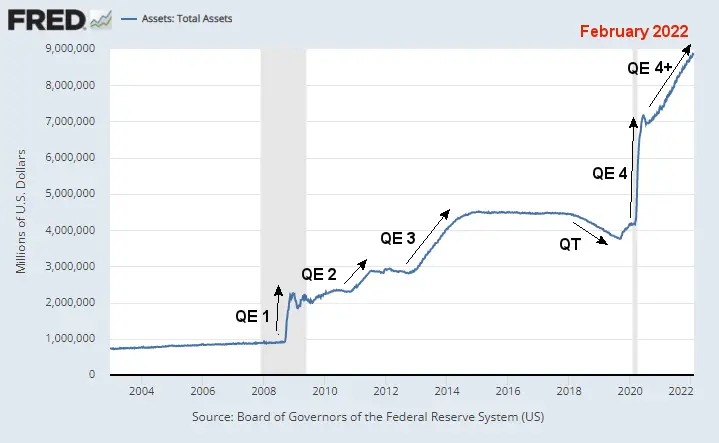 Larry Summers was the 71st United States Secretary of the Treasury from 1999 to 2001 under Bill Clinton and Obama’s head of the National Economic Council from 2009 to 2010 and the president of Harvard University (2001–2006), so he might know a little about inflation.
Larry Summers was the 71st United States Secretary of the Treasury from 1999 to 2001 under Bill Clinton and Obama’s head of the National Economic Council from 2009 to 2010 and the president of Harvard University (2001–2006), so he might know a little about inflation.
Recently he is quoted as saying that although there are some “transitory” components of the current inflation situation, we are also “moving towards higher entrenched inflation”. One of the factors he mentioned was “expectations,” which we have discussed in previous articles. When expectations of higher inflation start, it becomes almost a “self-fulfilling prophesy” because employees fight for higher wages expecting their expenses to rise. These wage raises increase the cost of doing business, so companies have to raise prices, etc. There is also the issue of the velocity of money, i.e., if people expect higher costs next week, they will try to spend the money faster before the prices go up, which actually helps drive prices up.
Summers continued to say that no matter how officials try to excuse it, inflation is there, and it’s going to be difficult to get a handle on. “people try to excuse it by picking this figure and that figure from month to month, but we’ve got an overheated economy, and the Fed’s gonna have a very real challenge of cooling that economy off and doing it in a controlled way… That has not been done very successfully in the past. So it’s going to be a very challenging year for macroeconomic policy.”
Summers also said that despite the current administration’s rhetoric, this isn’t primarily a “supply-side” issue, i.e., the supply chain disruptions due to COVID aren’t the primary problem. Instead, Summers says, “We have a massive, overheated labor market… We have the highest ratio of vacancies to unemployment in the country’s history, by a large margin. We have shortages of labor, in everything from psychotherapy, to McDonald’s, in everything from investment analysts to gardeners, that suggests a surfeit of purchasing power and demand relative to the capacity of the economy to produce, and unless we bring those things into balance, we’re going to have not just higher inflation, but possibly even accelerating inflation. And we need to recognize that we have an overheated economy that we are going to need to cool off.”
Source: BLS
Although Summers says it is the “highest ratio of vacancies to unemployment,” it appears inverted in the above chart. But we can see his point. There is less than 1 unemployed person for every job opening. So, assuming that everyone was qualified, there would be one job for every person who wanted one, plus there would still be jobs left over! During the boom of 2018/2019, the situation was close but not even to this extent. Of course, not every person can fill every job. Most of the unemployed have a High School Education or less. So obviously, they are not qualified to be Engineers, Doctors, or Lawyers. That makes the worker shortage even worse.
So, according to Summers, the labor shortage is a symptom of the overheated economy, which makes perfect sense considering the massive influx of liquidity created by the FED with their most recent Quantitative Easing. If we look at Federal Reserve Total Assets, we can see this increase.
Prior to 2008, FED assets increased only gradually. But then, in response to the market crash, the FED came up with a “brilliant” plan to reinflate the burst bubble, and QE 1 was born. Then QE 2 & 3 goosed the stagnant economy a bit too much, so the FED instituted Quantitative Tightening (QT) to reintroduce a bit of sanity into the system.
Considering that QT resulted in a 20% drop in the stock market… what effect will QE 4 and 4+ have on the economy? Since it often takes 12 to 18 months for changes in the money supply to work their way through the economy, that chapter has only just begun.
For more Information see:
- Why Quantitative Easing is Inflationary… Sometimes
- How Quickly Can The FED Get Inflation Under Control?
- When Is Inflation Good for the Economy?
- Spoiler: The FED Guaranteed To Fight Inflation… Sooner Or Later
- What is Quantitative Easing?
- Inflation-Adjusted Housing Prices
- How Nixon’s Revolutionary Move Affected Inflation for 50 Years
- What is Quantitative Tightening
- Millennials Have Never Seen Inflation This High





The massive Covid related checks saved us from political unrest but also reduced incentive to work. Supply disruption is the direct consequence of these Covid checks. The checks and subsidies should have been more towards working labor and not those who moved out of labor force.